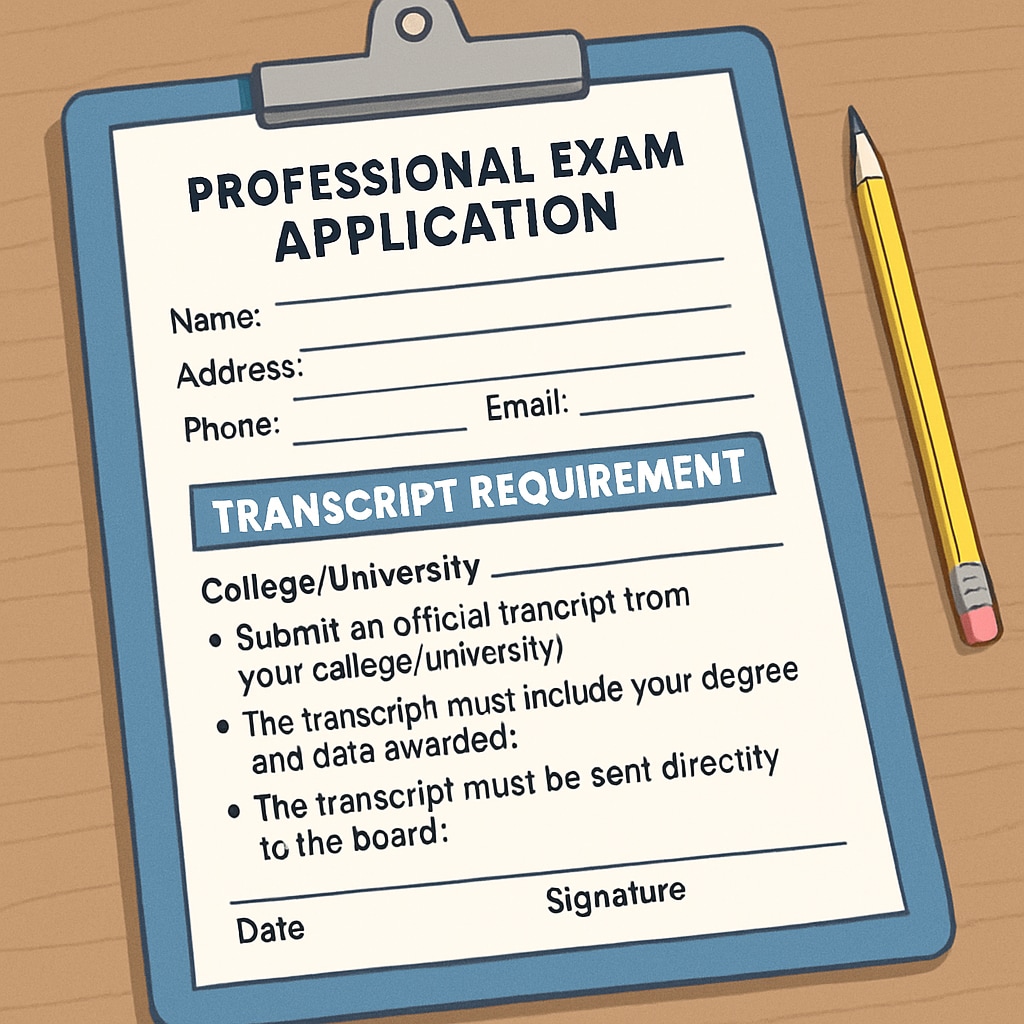Accessing academic transcripts can be challenging when there is an outstanding tuition balance. This issue is particularly critical for students who need these documents to apply for professional exams or move forward with their education. In this article, we will explore the relationship between unpaid tuition, educational rights, and the legalities of obtaining your transcripts. We will also provide actionable advice for parents and students to navigate this complex situation.
Understanding the Relationship Between Tuition Balances and Transcripts
It’s common for schools to withhold official transcripts if a student has unpaid tuition or fees. This practice stems from policies that allow educational institutions to enforce financial accountability. However, this can create significant barriers for students who need their transcripts for critical applications, such as professional exams or transferring to another institution.
In many jurisdictions, the legality of withholding transcripts depends on whether the school is publicly funded or private. Public schools often have stricter regulations regarding access to educational records. For example, in the United States, the Family Educational Rights and Privacy Act (FERPA) guarantees students access to their educational records, but it does not necessarily prevent schools from withholding official transcripts due to unpaid balances.

Legal Protections and Educational Rights
Understanding your rights is crucial in addressing this issue. While schools may withhold official transcripts, they are generally required to provide access to unofficial academic records. Unofficial transcripts can still be useful for certain applications, though they may not be accepted for official purposes.
In some regions, laws have been enacted to prevent educational institutions from restricting access to official transcripts based on unpaid tuition. For example:
- In California, legislation such as Assembly Bill 1313 prohibits schools from withholding transcripts as a debt collection tool.
- In the UK, students may seek help from regulatory bodies to mediate disputes over unpaid fees and access to academic records.
It’s essential to research the specific laws and regulations that apply in your area. Consulting with an education lawyer or advisor can also help clarify your options.
Practical Steps to Obtain Your Transcripts
If you or your child faces difficulties obtaining transcripts due to unpaid tuition, consider the following strategies:
- Request Unofficial Transcripts: Many schools provide unofficial versions of transcripts, which may be sufficient for certain applications.
- Negotiate a Payment Plan: Contact the school’s financial office to discuss installment options for settling the outstanding balance.
- Seek Financial Aid: Explore scholarships, grants, or emergency loans to cover the debt and unlock access to official transcripts.
- File a Formal Complaint: If you believe the school is violating legal protections, consider filing a complaint with an appropriate regulatory agency.
Additionally, some professional organizations and exam boards may allow provisional applications while you address your transcript issues. Be sure to communicate openly with them about your situation.

Conclusion: Balancing Financial Obligations and Educational Goals
While unpaid tuition balances can complicate access to transcripts, there are legal and practical avenues to address this challenge. By understanding your rights, communicating with your school, and exploring alternative solutions, you can help ensure that financial barriers do not derail your educational or professional aspirations. If needed, seek legal advice to protect your educational rights effectively.
Readability guidance: This article uses concise paragraphs, clear headings, and actionable advice to ensure accessibility. Transition words like “however,” “in addition,” and “for example” enhance flow, while lists summarize key points for quick reference.


